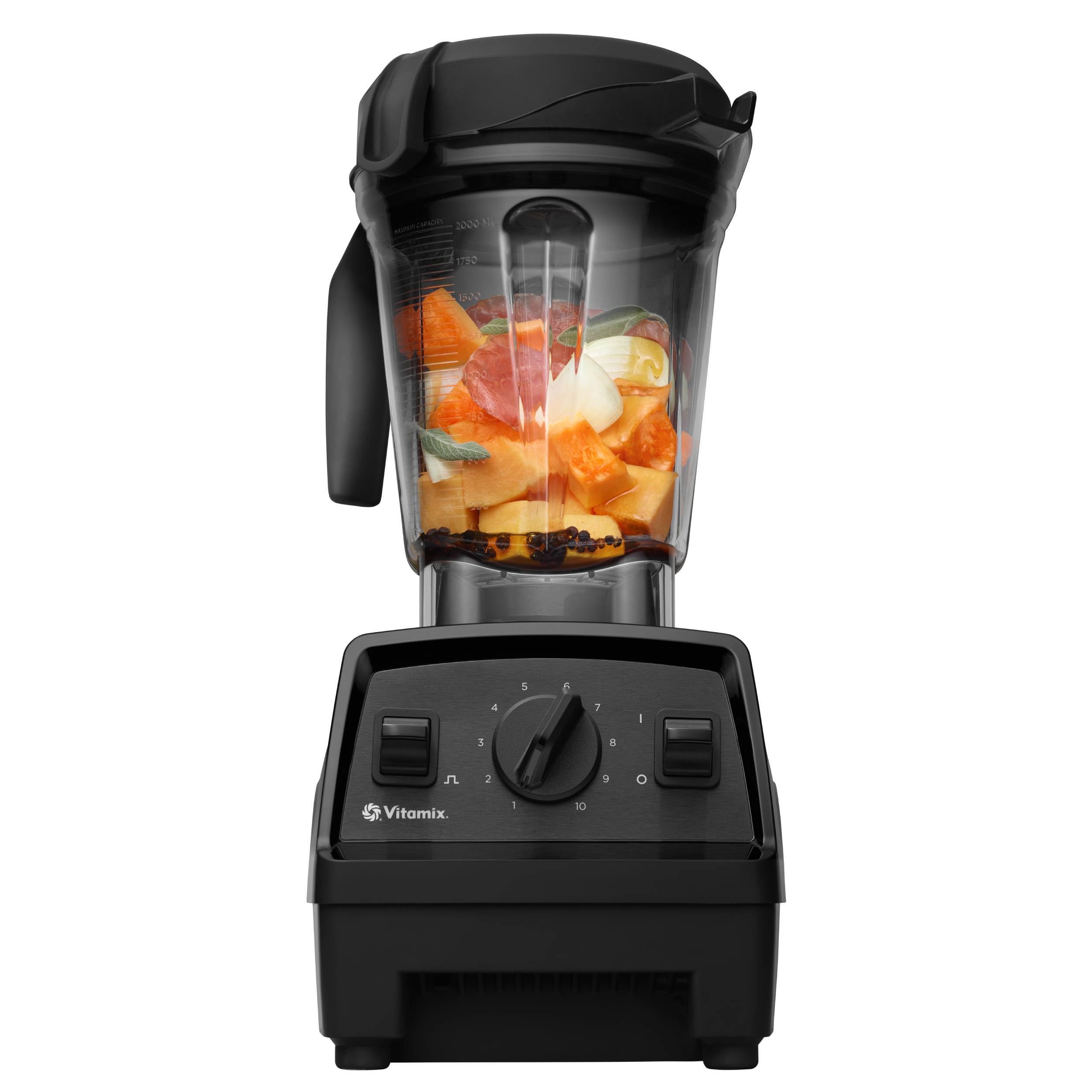Have you noticed water pooling around your water heater? A leaking drip tube can be a frustrating problem that often leads to bigger issues if left unchecked. You’re not alone—many homeowners face this situation, and it can feel overwhelming to figure out what to do next.
This article will guide you through the common causes of a leaking drip tube and offer practical solutions to fix it. You’ll learn how to identify the issue, prevent further damage, and even save on repair costs. With the right knowledge, you can tackle this problem head-on and keep your home safe and dry.
Key Takeaways
- Common Causes: Leaks from a water heater drip tube can result from corrosion, loose connections, cracks, high pressure, or clogged drain valves.
- Signs of Leakage: Look for puddles around the heater, rust stains, increased water bills, unusual sounds, or damp flooring to identify potential leaks.
- DIY Repair Steps: Start repairs by turning off the power and water supply, inspecting the tube for damage, cleaning corrosion, replacing damaged parts, and clearing blockages.
- Professional Help: Consult a professional if the leak source is unclear, if issues persist, or if the repair involves complex plumbing situations.
- Regular Maintenance: Conduct inspections every six months, flush the tank annually, check the pressure relief valve, and tighten connections to prevent leaks.
- Selecting the Right Heater: Choose a water heater that fits your needs, considering type, size, brand reputation, and ensuring professional installation for optimal performance.
Understanding Water Heater Drip Tube Leaking
Water heater drip tube leaking causes concern for homeowners. Knowing the causes and signs helps in addressing the issue promptly.





Causes of Drip Tube Leaking
- Corrosion: Rust can form on the drip tube over time. Exposure to water and air accelerates this process, leading to leaks.
- Loose Connections: Fittings connecting the drip tube might loosen. This can happen due to vibrations from the water heater or thermal expansion.
- Cracks: Temperature changes can cause materials to expand and contract, resulting in cracks that allow water to escape.
- High Pressure: Excessive pressure in the plumbing system can force water out of the drip tube. This often requires attention to prevent potential damage.
- Clogged Drain Valve: If debris blocks the drain valve, it can create back pressure, causing leaks at joints or connections.
- Water Puddles: Noticeable puddles around the water heater indicate a leak. This might be a sign that the drip tube is malfunctioning.
- Rust or Stains: Reddish-brown stains around the drip tube suggest corrosion. This serves as a warning that repair is necessary.
- Increased Water Bill: A sudden spike in your water bill could hint at hidden leaks, including the drip tube.
- Unusual Sounds: Gurgling or hissing noises from the water heater can indicate that water is escaping. This often requires immediate investigation.
- Damp Flooring: If the floor around the water heater feels damp, the leak may be more significant. Prompt action can help prevent further water damage.
Diagnosing the Leak
Diagnosing a leak from a water heater drip tube involves a systematic approach. You can identify the source of the leak through observation and the right tools.
Visual Inspection Techniques
- Look for Puddles: Check around the base of the water heater for any standing water or puddles. This often indicates a leak from the drip tube.
- Inspect the Drip Tube: Examine the drip tube closely for any visible cracks or corrosion. Pay attention to areas that show signs of wear.
- Check Connections: Ensure all connections linked to the drip tube are secure. Loose fittings can contribute to leaks.
- Observe the Heater: Look for rust or mineral buildup around the tank, which can signal underlying issues that may cause leaks.
- Flashlight: Use a flashlight for better visibility when inspecting dark areas around the water heater.
- Wrench: A wrench helps tighten or loosen connections to identify if they contribute to the leak.
- Bucket: Place a bucket under the drip tube to catch any dripping water during your inspection.
- Moisture Meter: A moisture meter can detect dampness behind walls or flooring, indicating a leak that might not be visible.
- Level: A level ensures that your water heater is properly positioned; an uneven base can cause leaks through shifted connections.
Following these techniques and tools can help you accurately diagnose a leak from your water heater drip tube, enabling you to take appropriate action quickly.
Fixing Water Heater Drip Tube Leaking
Water heater drip tube leaks can cause water damage and lead to costly repairs. Addressing this issue promptly can mitigate damage and reduce repair costs. Here are practical approaches to resolve the problem.
DIY Repair Steps
- Turn Off Power and Water Supply: Always start by turning off the power to the water heater. If you have an electric unit, switch off the circuit breaker. For gas heaters, set the thermostat to the “Pilot” setting. Shut off the cold water supply valve too.
- Inspect the Drip Tube: Look for visible damage such as cracks or holes. Check for loose connections, which may require tightening with a wrench.
- Check for Corrosion: If you observe rust or corrosion, clean the affected area with a wire brush. Use a rust-inhibiting primer and paint to protect the metal.
- Replace Damaged Parts: If the drip tube is cracked or heavily corroded, you may need to replace it. Measure the existing tube, and supply a new one at a local hardware store. Use Teflon tape on joints to prevent leaks.
- Clear Blockages: If the drain valve is clogged, carefully remove debris. Ensure the valve operates smoothly after clearing blockages.
- Restore Supply: Once repairs are made, turn on the cold water supply, and restore power to the water heater. Monitor for leaks during and after the process.
- Uncertain Diagnosis: If the cause of the leak isn’t clear, or if you can’t find the source, consult a professional. They have the tools and expertise to diagnose complex issues.
- Persistent Issues: If leakage continues after your repairs, professional help can prevent further damage. They can identify underlying problems that require advanced solutions.
- Lack of Experience: If you’re uncomfortable performing repairs, it’s wise to seek help. Technicians use industry-standard practices to ensure safety and efficiency.
- System Complexity: If your water heater setup involves complex plumbing or specialized equipment, hiring a professional may be necessary. Their expertise ensures proper handling of the repair.
Taking timely action on a leaking water heater drip tube helps maintain your home’s safety and integrity. You can tackle simple repairs with DIY methods, but don’t hesitate to reach out to professionals when needed.
Preventative Measures
Taking proactive steps can significantly reduce the likelihood of water heater drip tube leaks. Focus on regular maintenance and selecting the right water heater to ensure long-term functionality.





Regular Maintenance Tips
- Inspect Regularly: Check the water heater drip tube and connections at least once every six months for signs of wear or damage.
- Flush the Tank: Flush your water heater annually to remove sediment buildup that can lead to corrosion and pressure issues.
- Check Pressure Relief Valve: Test the pressure relief valve regularly to ensure it’s functioning correctly, avoiding potential pressure buildup in the system.
- Tighten Connections: Examine all connections and tighten any that feel loose to prevent leaks caused by vibrations or thermal expansion.
- Monitor Temperature: Set the temperature to 120°F (49°C) to reduce the risk of overheating and corresponding leaks.
Choosing the Right Water Heater
Selecting the appropriate water heater can minimize potential leaks. Consider the following factors:
- Evaluate Type: Decide between tankless, conventional, or heat pump water heaters based on your household needs and space availability.
- Consider Size: Choose a water heater with adequate capacity based on your household size to prevent overworking the unit, which can lead to leaks.
- Research Brands: Look for reputable brands known for durability and reliability. Reviews and ratings can help guide your decision.
- Installation Quality: Ensure professional installation to minimize the risk of poor connections or misalignment, both of which can lead to leaks.
Implementing these preventative measures helps you avoid costly repairs and maintain a safe and efficient home environment.
Conclusion
Dealing with a leaking water heater drip tube can be stressful but knowing what to look for and how to fix it makes a world of difference. By staying proactive with regular maintenance and addressing any signs of leaks early you can protect your home from potential water damage.
If you find yourself facing a persistent issue don’t hesitate to reach out to a professional. They can provide the expertise needed to ensure your water heater operates safely and efficiently. Remember that a little attention now can save you from bigger headaches down the line. Keep your water heater in check and enjoy peace of mind knowing you’re on top of things.
Frequently Asked Questions
What causes a leak in the water heater drip tube?
Leaks in water heater drip tubes can stem from several issues, including corrosion from rust, loose connections due to vibrations, and cracks caused by temperature changes. Additionally, high water pressure and clogged drain valves can also contribute to leaks. Identifying the root cause is essential for effective repairs.





How can I identify signs of a leak around my water heater?
Signs of a leak include puddles around the unit, rust or stains on the appliance, an increase in your water bill, unusual sounds like gurgling or hissing, and damp flooring near the water heater. Prompt recognition of these signs can help you address potential damage early.
What steps can I take to diagnose a leaking drip tube?
To diagnose a leaking drip tube, visually inspect for puddles and check the tube for cracks or corrosion. Tighten any loose connections and look for rust or mineral buildup on the heater. Using tools like a flashlight and a wrench can enhance visibility and assist in securing connections.
How do I fix a leaking drip tube?
To fix a leaking drip tube, turn off the power and water supply first. Inspect the tube for visible damage, check for corrosion, and replace any damaged parts. If blockages exist in the drain valve, clear them. For persistent issues, consider contacting a professional for assistance.
What preventative measures can I take to avoid leaks in my water heater?
To prevent leaks, conduct regular maintenance every six months, which includes inspecting the drip tube and connections. Flush the tank annually and check the pressure relief valve to avoid pressure build-up. Tighten loose connections and monitor the water heater’s temperature, ideally setting it to 120°F (49°C).
How do I choose the right water heater to minimize leak risks?
Selecting the right water heater involves assessing your household’s size and needs, researching reputable brands, and evaluating the types available (tankless, conventional, heat pump). Ensure professional installation to reduce the risk of leaks and promote overall performance and safety.

Hey, I’m Jake. I focus on cooling systems at Appliance Mastery, like fridges, freezers, and air conditioners.
I’ve worked in appliance repair for more than ten years and I’m certified through NASTeC. I’ve seen just about every fridge issue you can imagine.
My goal is to help you fix problems without stress. Whether it’s a freezer that won’t cool or an AC that keeps beeping, I’m here to walk you through it.
